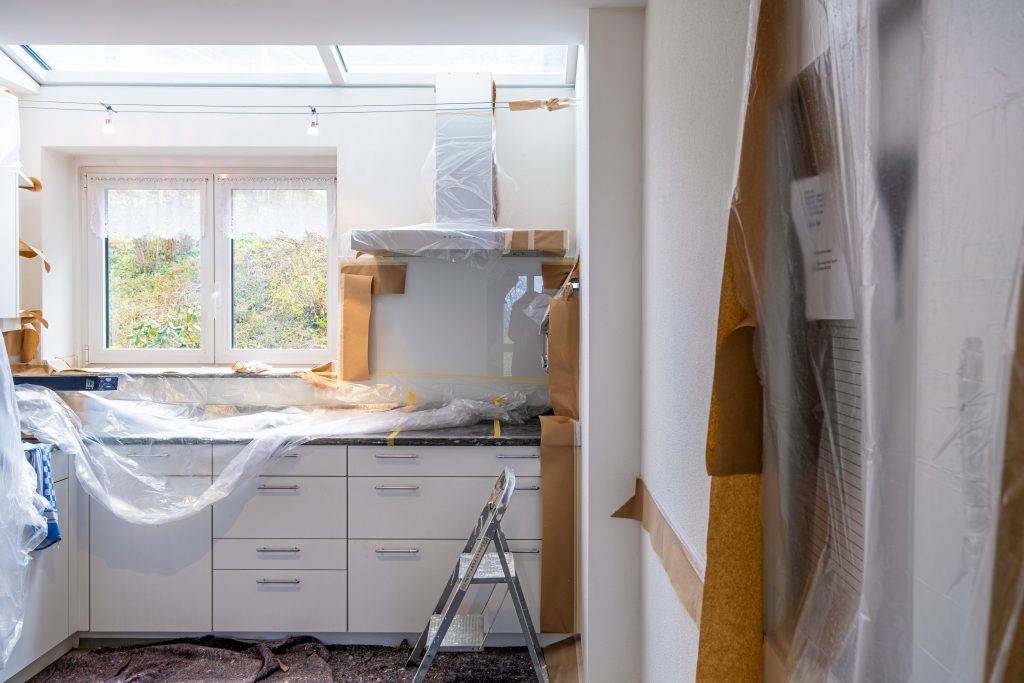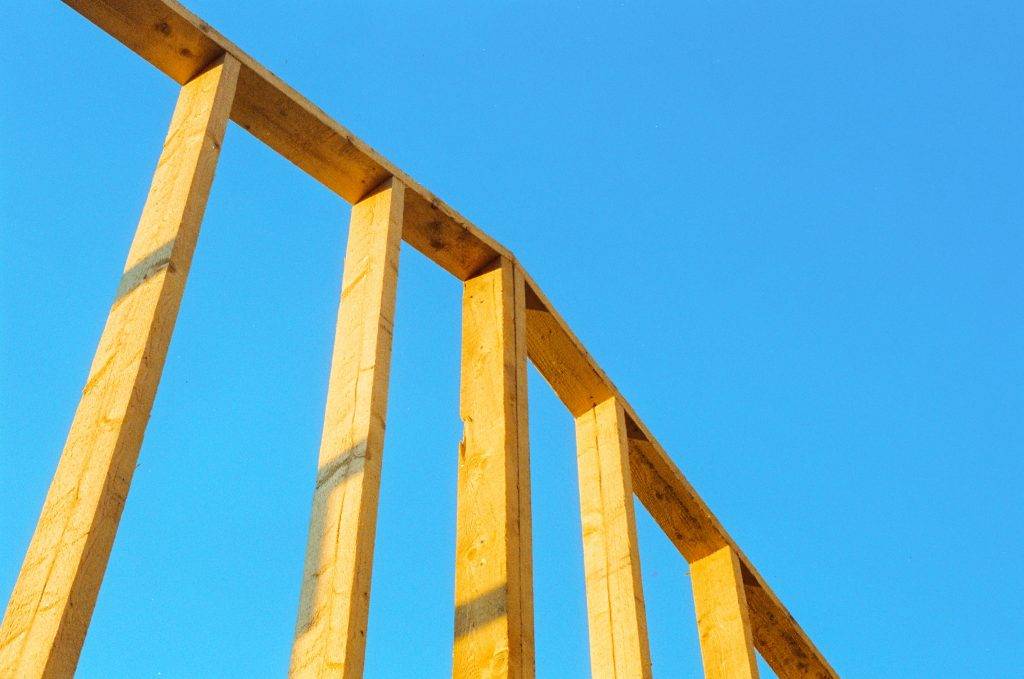Adding a Second Storey to Your House: A Comprehensive Guide
Are you looking to add more space to your home without sacrificing your backyard? Adding a second storey to your house is a fantastic way to achieve this. At 32 Degrees Building, we specialise in transforming homes with our award-winning building services. In this blog post, we’ll delve into the benefits, considerations, and process of adding a second storey to your home. We’ll also address frequently asked questions and specify the areas we do not service.
Why Add a Second Storey?

Maximise Space Without Losing Land
One of the primary reasons homeowners opt for a second storey addition is to increase living space without reducing their garden or outdoor area. This is particularly beneficial in suburban areas where land is at a premium.
Increase Property Value
A well-executed second storey can significantly boost your property’s value. It adds more bedrooms, bathrooms, and living spaces, making your home more attractive to potential buyers.
Customise Your Living Space
Adding a second storey allows you to design the new space exactly to your needs. Whether it’s additional bedrooms, a home office, or a master suite with a view, the possibilities are endless.
Considerations Before Adding a Second Storey
Structural Integrity
Before embarking on a second storey addition, it’s crucial to assess whether your home’s existing structure can support the extra weight. This typically involves consulting with a builder and/or engineer. Generally if you’re on a slab it’s good to go, however, if you’re on bearers and joists with brick piers then there may be additional structural work required which is addressed during the planning stages with the engineer.
Design and Planning
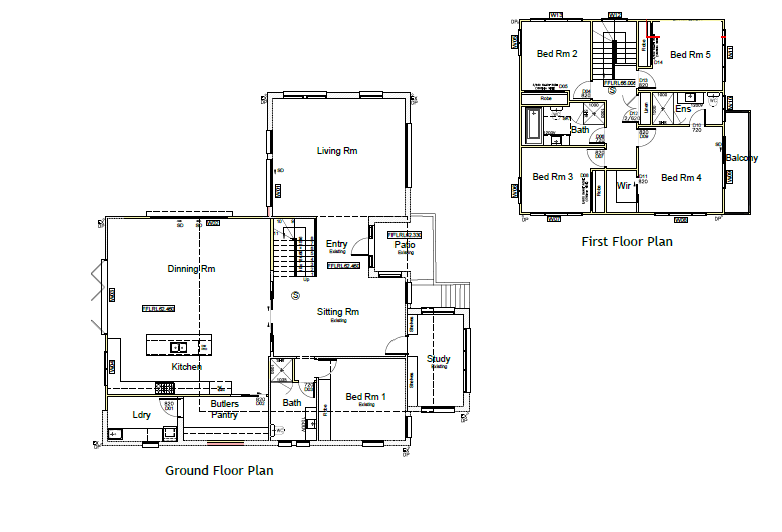
A second storey addition requires careful planning to ensure it integrates seamlessly with the existing structure. This includes architectural design, obtaining necessary council approvals, and planning the construction phases to minimise disruption. We can assist with the whole process and make it easy for you.
Budget and Costs
Adding a second storey is a significant investment. It’s essential to have a clear understanding of the costs involved, including design, materials, labour, and any additional expenses such as temporary accommodation if you need to move out during construction.
The 32 Degrees Building Process
Consultation and Design
We start with a thorough consultation to understand your needs and vision. Our experienced builder will then create detailed plans that align with your budget and preferences.
Approvals and Permits
Our team handles all the necessary council approvals and permits, ensuring your project complies with local regulations.
Construction
Our skilled builders work efficiently to complete your second storey addition with minimal disruption to your daily life. We pride ourselves on maintaining a clean and safe worksite.
Completion and Handover
Once construction is complete, we conduct a final inspection to ensure everything meets our high standards. We then hand over the keys to your newly transformed home.
FAQ
Q: How long does it take to add a second storey to a house?
A: The timeline can vary depending on the complexity of the project, but on average, it takes between 4 to 12 months from consultation to completion.
Q: Will I need to move out during construction?
A: This depends on the extent of the work and your personal preference. In some cases, it may be possible to stay in your home, but for extensive renovations, temporary accommodation might be necessary.
Q: How much does it cost to add a second storey?
A: Costs can vary widely based on the size and complexity of the addition. Download our packages for current pricing guides.
Q: Do I need council approval for a second storey addition?
A: Yes, an approval is required for a second storey addition and any external structural design changes proposed to your home. Our team will handle all the necessary paperwork and approvals on your behalf.
Areas We Do Not Service
While 32 Degrees Building provides comprehensive building services across many regions, there are areas we do not service. Our head office in Smeaton Grange allows us to efficiently serve South West & Western Sydney, the Illawarra, the Southern Highlands, the Eastern Suburbs, the North West, the North, the Inner West, and the Sutherland Shire.
Adding a second storey to your house can be a game-changer, providing the extra space you need while enhancing your property’s value. At 32 Degrees Building, we’re committed to delivering high-quality, all-inclusive building services to bring your vision to life. Contact us today to start your journey towards a bigger, better home.
For more information or to schedule a consultation, visit 32 Degrees Building.
Building Your Dream Home: Plans First or Builder First?
When embarking on a Second Storey Addition, Ground Floor Extension or Large Scale Renovation project, one of the critical decisions you’ll face is whether to start with architectural plans or consult a builder first. It’s a topic that often divides opinions, with some advocating for plans first and others for the builder-first approach. At 32 Degrees Building, we believe that choosing the builder-first approach can save you time, money, and unnecessary headaches down the road. In this blog, we’ll explore why it might be in your best interest to consult a builder before diving into architectural plans.

1. The Budget-Conscious Approach: One of the initial concerns when starting any construction project is budgeting. Will your dream design align with your financial resources? Architects are experts at creating beautiful designs, but they might not fully understand your budget constraints. By approaching a builder first, you can get an accurate quotation upfront, allowing you to make informed decisions about your project’s scope and financial feasibility.
2. Realistic Cost Assessment: Builders are well-versed in construction costs, market trends, and material expenses. When you consult a builder first, you tap into their expertise. They can provide valuable insights into cost-effective design choices and suggest alternatives that can save you money without sacrificing your vision.
3. Holistic Project Management: Opting for a builder-first approach means you’re not just receiving a quote. You’re partnering with professionals who can handle the preliminary aspects of your project, including architectural plans, engineering, and approval processes. This holistic approach saves you time, money, and the stress of coordinating various services independently.
4. Avoiding Costly Redesigns: Imagine spending a significant sum on independent architectural plans, only to discover that they don’t fit your budget or your vision needs adjustments. The cost of revisions or a complete redesign can be substantial. When you consult a builder first, they will work with you on your plans early on and provide valuable feedback, helping you avoid expensive changes later in the process.
5. Standard Preliminaries Simplified: At 32 Degrees Building, we offer a comprehensive preliminary service that covers all essential aspects of your project, such as architectural plans, surveys, BASIX compliance, environmental assessments, waste management planning, external colour scheduling, structural adequacy certificates, engineering plans, stormwater plans, Sydney Water Tap-In Approval, and assistance with the application process to Council or Certifier. Our bundled service not only streamlines the process but also offers cost savings compared to sourcing these services independently.
6. Cost Efficiency: Contrary to popular belief, obtaining preliminary services independently may not save you money. Our integrated package is designed to be more cost-effective while ensuring that all necessary aspects are handled efficiently.
Conclusion: In the pursuit of your dream home, the choice between plans first or builder first can significantly impact your project’s success. At 32 Degrees Building, we advocate for the builder-first approach, which provides you with a realistic cost assessment, holistic project management, and valuable insights to align your vision with your budget. Our comprehensive preliminary service simplifies the process and offers cost-efficiency.
To learn more about how our builder-first approach can benefit your second-storey addition, ground floor extension, or large-scale renovation, please contact us. We’re here to help you turn your dream home into a reality while keeping your project on track and within budget.
32 Degrees Building are participating in The Push-Up Challenge
32 Degrees Building are participating in The Push Up Challenge in June to support and improve Mental Health across Australia.
Our team will be completing 3,144 push-ups across each of our projects over 23 days, putting a spotlight on the number of lives lost to suicide in 2021.
Not only are we supporting the health of our team and raising mental health awareness in the construction industry, we are contributing towards interventions and preventions for depression, anxiety and suicide. As a company we have set out to achieve a goal of raising $2,000. You can view our donation and team page here to keep track of the push-ups completed! https://www.thepushupchallenge.com.au/fundraisers/leanmeanpushingmachines
If you see the team trying to bust out their push-ups for the day, please shout out and support our team with words of encouragement!
NEW PRODUCT: Weathertex Weathergroove Fusion
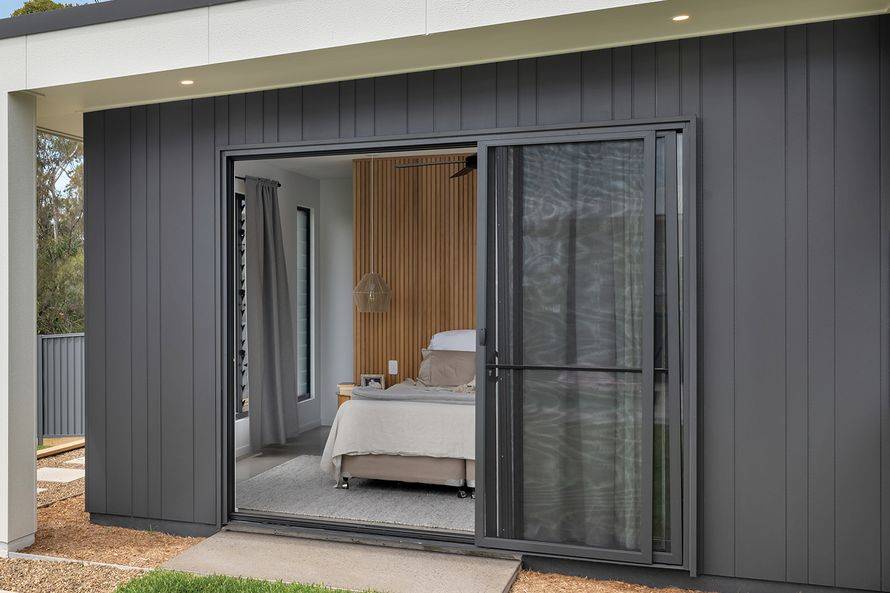
Weathergroove Fusion is a brand new, exclusively designed architectural panel that is perfect for external and internal applications. It combines the grooves from popular Weathertex profiles to create a unique style that is trendy and stylish.
Available in two finishes, Natural and Smooth, this architectural panel retains every measure of durability and safety that Weathertex is known for. This makes it the perfect solution for those looking to add a second storey to their homes.
If you are looking for a stylish and trendy solution for the cladding of your second storey addition, then look no further than Weathergroove Fusion.
Talk to our team to see how you can incorporate this into your build.
New NCC Changes – effective from 1st May 2023
Changes are coming to the National Construction Code (NCC). Starting May 1, 2023, there will be a broad range of updates to the NCC that will impact the design and construction of Second Storey Additions, Ground Floor Extension and Large Scale Renovations.
These changes are essential for ensuring that Second Storey Additions, Ground Floor Extension and Large Scale Renovations are built to the highest standards of safety, livability, and efficiency.
So, what do you need to know about the NCC changes?
The changes are being implemented in two stages, with the first stage beginning on May 1, 2023. The second stage will begin on October 1, 2023, and will include further reforms relating to livable housing, energy efficiency, and condensation management.
Some of the key changes in stage one that affect Second Storey Additions, Ground Floor Extension and Large Scale Renovations include updates to the following:
- Internal and external waterproofing
- Falls to floor wastes
- Cladding and gutters and downpipes
- Corrosion protection for steel framing
- Sanitary plumbing and drainage
- Timber framing, bracing and connections of balconies to external walls
NCC 2022 will apply to Second Storey Additions, Ground Floor Extension and Large Scale Renovations where construction approval applications are submitted from May 1, 2023, though how this applies can vary from state to state.
Builders you can trust
At 32 Degrees Building, we take great pride in our ability to deliver exceptional building solutions to our clients. We specialise in Second Storey Additions, Ground Floor Extensions, and Large Scale Renovations, and we are here to stay.
Our well-run operations and capable management team are two key reasons we have become a trusted name in the industry. We understand the importance of clear communication, attention to detail, and a commitment to excellence. Our management team comprises experienced professionals with a wealth of knowledge and expertise in the industry. They are passionate about their work and are always looking for ways to improve our processes and deliver better results to our clients.
We are also proud to be a profitable and financially stable company. Our solid financial strength means that we have the resources and stability to continue operating through tough economic times, which means that our clients can trust us to complete their projects no matter what.

We are the experts in Second Storey Additions, Ground Floor Extensions, and Large Scale Renovations. We understand the unique challenges that these projects can present, and we have the skills and expertise to ensure that the end result is exactly what our clients envision. We are committed to delivering a stress-free and successful project from the initial consultation to the final handover.
At 32 Degrees Building, we are committed to excellence in everything we do. Our dedication to quality workmanship, attention to detail, and exceptional customer service set us apart from our competitors. Whether you want to add a second storey to your home, extend your ground floor, or undertake a large-scale renovation project, we are the team you can trust.
If you’re looking for a reliable and trusted builder for your next Second Storey Addition, Ground Floor Extension, or Large Scale Renovation project, look no further than 32 Degrees Building. Our well-run operations, capable management team, and solid financial strength make us the perfect choice for your project. Contact us today to learn more about our services and how we can help you achieve your building goals.
How do I know if my home has been built properly?
At the front of mind for the majority of homeowners entering into any building project, is the question of how to know whether the works they have started have been built with care, are within specifications and comply with the rules and regulations and have ultimately been built properly.

It is important to understand the process, stages, checks and requirements each build goes through and we’ve put together some information to help explain the process and the different stakeholders involved and their key role in your build;
These can be broken down as follows:
- Principal Certifying Authority (PCA);
- Engineer;
- Builder;
- Quality Assurance Program;
- Certificates;
- Defect Period.
- Statutory Warranty Period
Principal Certifying Authority (PCA)
A Principal Certifier is engaged to carry out mandatory inspections associated with a build during the construction process. They are there to ensure the structure is completed in accordance with the approved consent (DA/CC or CDC), as well as to check compliance with the Building Code of Australia (BCA) requirements
Generally for a second storey addition, the mandatory inspections that the Certifier will undertake during the build may look like this:
– After excavation for and prior to the placement of any footings
– Prior to pouring any in-situ reinforced concrete building element
– Prior to covering of the framework for any floor, wall, roof, or other building element
– Prior to covering waterproofing in any wet areas
– Prior to covering any stormwater drainage connections
– After the building work has been completed & prior to any Occupation Certificate being issued in relation to the building
Upon completion of mandatory inspections, completion of all works associated with the approval and final documents/certificates provided, an Occupation Certificate will be issued.
Engineer
A structural design plan is generally prepared by registered professional engineers, and, are based on information provided by the architectural drawings. They provide details for how a building or other structure will be built.
It is not uncommon for engineering revisions to occur during the build following onsite inspections by the engineer and consultation with the project manager. The engineer is there to confirm that the structure has been built in accordance with his plans and certifies the overall structural adequacy of the build. This certificate is provided to the Certifier.
Inspections undertaken by engineers may look like this;
– Prior to pouring any in-situ reinforced concrete building element
– Prior to covering of the framework for any floor, wall, roof, or other building element
– Prior to covering any stormwater drainage connections (if required – based upon the hydraulic design)
Builder
The role of the builder is to interpret the architectural drawings, structural drawings, surveys plan and all approved documentation and construct the building in accordance with these. The builder will then coordinate, schedule and oversee the multiple skilled trades to undertake each component of the build and then liaise and coordinate the inspections with the engineer and certifier during the build at critical stages to confirm compliance with the BCA and that the build is structurally sound.
There are multiple trades, suppliers and deliveries to be managed by your builder during a build. To name a few of the trades that would work on your home; carpenters, plasterers, concreters, brick layers, plumbers, welders, electricians, waterproofers, roofers, tilers, labourers, cabinet makers, showerscreen installers, glaziers, staircase installers, painters, flooring installers, insulation installers, asbestos removalists, air conditioning installers, renderers.
Your builder should be able to provide you with a copy of the timeline of your build but don’t be alarmed if dates change during your build with certain items – this is normal, given the multiple trades and deliveries happening! As long as your builder is within your contract period, you only need to focus on your finish date and ensuring that any materials you have to supply are onsite by the date communicated to you. Should you have any concerns with your finish date being on track, just reach out to your builder and their team for clarification. They are there to help.
Quality Assurance Program
As you can see the roles of the builder, engineer and Certifier do a lot to ensure your build is completed in compliance with the BCA and the approved plans, sometimes, it can be easy to overlook the minor items during the build and this is where our quality assurance program steps in. As an additional check across all of our builds, we arrange for an independent building inspector to complete a progress inspection at the Lock up and Rough in stage and a final inspection pre-handover.
This is an added layer of reassurance for us and our clients to ensure you are receiving the highest quality build.
Certificates
Following Practical Completion, certificates are provided to the certifier.
These are from the individual trades to certify their work has been completed in compliance with the Australian Standards.
Certificates required but not limited to:
– Engineering structural adequacy certificate
– Waterproofing certificate for each wet area
– Insulation certificate
– Glazing certificate
– Electricians CCEW certificate
– Smoke alarm certificate
– Plumbing certificate of compliance
Defect Period
Upon completion of your build and reaching Practical Completion, you will have a 13 week minor maintenance period. This is for the builder to attend to minor defects that would have been listed during your Practical Completion walkthrough but don’t prevent you from moving into your new space.
What happens when your defect period ends?
There are statutory warranties on your build.
This means that should any issue arise with the works on your home, you may reach out to your builder and make a claim; within six years for major defects and within two years for other defects from the date of completion.
By providing photos and videos to the builder, they can then investigate and determine whether it relates to the builder/contractor’s workmanship and attend to the defect for you. Industry guidance materials like the Fair Trading Standards and Tolerances guide can assist in determining a defect.
Dispute Resolution
Open communication with your builder goes a long way to easily resolving defects without the need to take legal action. Generally, if a builder and/or the owner are concerned with defects at the home, the builder may arrange an independent inspection with an engineer or building inspector, this then allows an impartial view and you can then discuss any concerns with your builder to work with you on. Alternatively, if there is a communication breakdown, either you or the Builder can formally request for Fair Trading to assist in dispute resolution and in most cases the Inspector will arrange to meet with you and the builder on-site to inspect the work under dispute and act as a mediator and issue an order of rectification if it’s required. If your builder is no longer operating, then you can submit a claim through your Home Warranty.
Ensuring Excellence with 32 Degrees Building Quality Assurance Program
At 32 Degrees Building, we are committed to delivering exceptional quality and impeccable finishes for your construction projects. Our 32 Degrees Building Quality Assurance Program is designed to ensure that your build meets the highest standards of quality and completeness so that we can provide you with the confidence that your build has been built to code.
What is the 32 Degrees Building Quality Assurance Program?
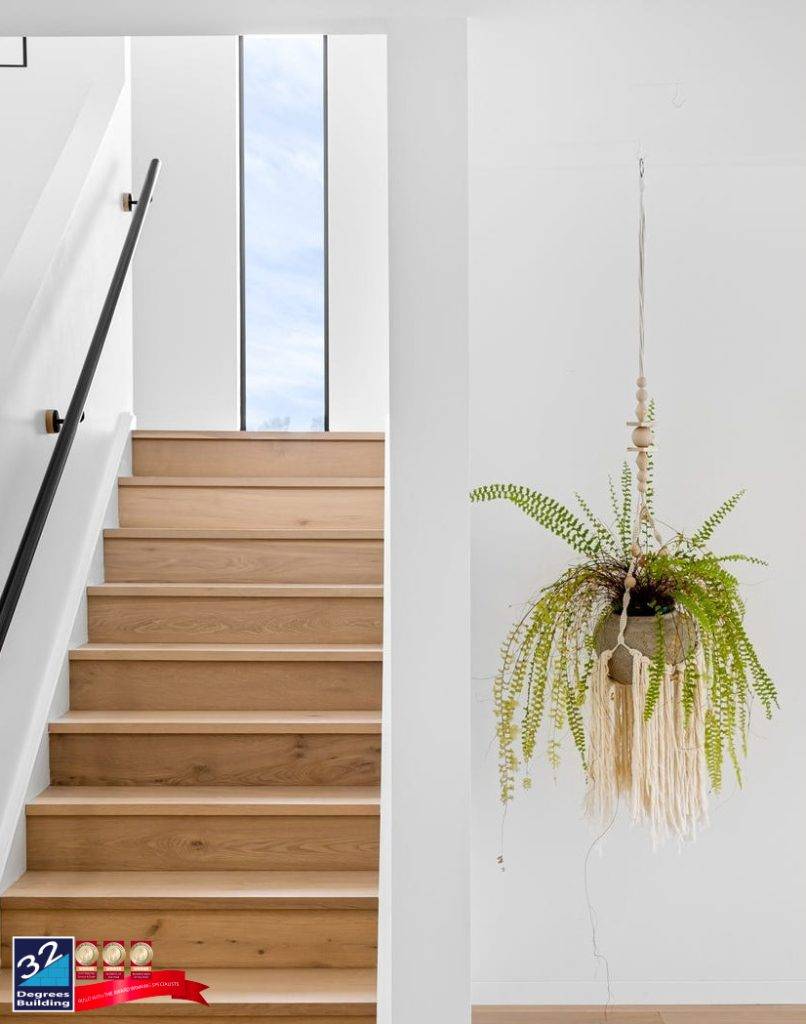
The 32 Degrees Building Quality Assurance Program is an integral part of our commitment to building excellence. This program includes a detailed progress inspection and final inspection conducted by independent building inspectors. These inspections are crucial for maintaining the highest standards throughout the construction process and ensuring that all aspects of the build are up to code and quality benchmarks.
Progress Inspection
Our progress inspection is conducted following the rough in stages of the construction process. These inspections are designed to catch any potential issues early and ensure that the build is proceeding correctly.
Key Areas of Focus:
- Frames: Inspecting the structural integrity of the frames to ensure they meet design specifications.
- Cavity Drainage & Flashings: Checking that drainage systems and flashings are properly installed to prevent moisture issues.
- Rough-In Stage: Assessing the preliminary installation of electrical, plumbing, and HVAC systems before the plasterboard is installed.
Final Inspection
The final inspection is conducted just before the handover and the sign-off of practical completion. This comprehensive inspection ensures that every aspect of your new build is finished to the highest standards.
Key Areas of Focus:
- Internal Areas: Evaluating the quality and finish of all interior spaces, including walls, ceilings, floors, and fixtures.
- External Areas: Assessing the exterior finishes, including cladding, roofing and gutters
Detailed Reporting and Certification
Both the progress and final inspections culminate in a detailed reports that may highlight any defects or areas requiring attention. These reports are crucial for ensuring that any issues are addressed promptly and that the build meets our stringent quality standards.
Certification:
Upon the successful completion of the Progress Inspection and Final Inspection, a Certificate of Quality Assurance is issued. This certificate is your assurance that all quality requirements have been met, and your new build is ready for handover in perfect condition.
Integration with Other Inspections
Our Quality Assurance Program is conducted in addition to the principal certifying authority (PCA) inspections and engineering inspections. This holistic approach ensures that your build is not only compliant with all regulatory requirements but also meets our rigorous quality benchmarks.
Conclusion
At 32 Degrees Building, our Quality Assurance Program is a testament to our dedication to delivering the highest quality builds. By incorporating thorough progress and final inspections, we ensure that every project meets our exacting standards. Trust us to provide you with a home that is not only beautiful but also built to last.
What we are doing to combat the state of the construction industry landscape
Alongside a house price boom, Australia is in the midst of a homebuilding boom with the Housing Industry of Australia expecting that a near-record number of new homes will be built over the next 12 months.
But for many in the residential construction sector, it’s a profitless boom – and several major players have recently gone bust, with the assumption that more will follow.
Why are construction companies folding?
A perfect storm of factors has been brewing for the better part of 2021, and now the rainy season has arrived.
Supply chain issues, with a shortage of building materials worldwide resulting from COVID-19 disruptions, coupled with natural disasters from freak storms and flooding to bushfires, have provided significant pressure on builders.
Those shortages have led to prices rising exponentially, particularly for timber and steel.
On top of that, a labour shortage is making it difficult to find tradespeople, giving workers the power to command huge wages.
So, the overall cost of construction has been pushed up significantly.

A number of major builders have gone bust in recent months despite a home construction boom. Picture: Getty Images
Adding to this is the lengthy delays in actually getting the materials, which has led to some homes taking more than 12 months to be built, further adding to building companies’ costs.
With the majority of builders signing fixed-price contracts with buyers, and the margin for escalating costs being inadequate, many are losing money on every single project.
It’s a big problem in exceptional circumstances like we’re seeing at the moment, said Russ Stephens, co-founder of the Association of Professional Builders.
“The average cost of a contract for a builder has gone up between 15% to 20% over the past six or seven months alone – and up to as much as 50% in some areas,” Mr Stephens said.

Australia is in the midst of a residential construction boom, with a near-record number of new homes to be built in the next year. Picture: Getty Images
What we are doing to combat the state of the construction industry landscape
32 Degrees Building has been operating for over 11+ years, and we know and understand how to manage our business in turbulent times.
We have been working with our team and talking directly to our suppliers to manage and understand any upcoming supply challenges and supply chain issues. We have been working with our timber suppliers closely to understand their difficulties in obtaining overseas supply and then managing, monitoring and forecasting for our current and future builds. Skills shortage for us isn’t an issue, we have worked very hard to set our business apart from the rest. Our team are employed with us and this enables us to closely manage and develop their practical skills with us over the course of their apprenticeship and retain them into tradespeople and leadership roles – we now employ over 40 team members and continue to grow. By employing our team members, we manage our labour costs. This strategic approach we have applied to our business has allowed us to manage our costs and your build providing you with the security and confidence that we are here to stay.
Our business is always looking forward and planning for the future. We forecast 6 months, 12 months, and 18 months ahead to ensure we can stay one step ahead of any market issues and trends.
With the above in mind, we have a strong business model and capable management team in place to ensure that the best outcomes for our clients and the business are always achieved.
Should I Stay or Should I Go? Hot tips to help you survive your renovation
Tips for homeowners living through a renovation, extension or addition

